Experience the profound power of the Brumadinho Memorial, honouring the victims of Brazil’s mining tragedy
A deeply moving memorial by Gustavo Penna creates a space for collective mourning and remembrance in Brumadiño, Brazil
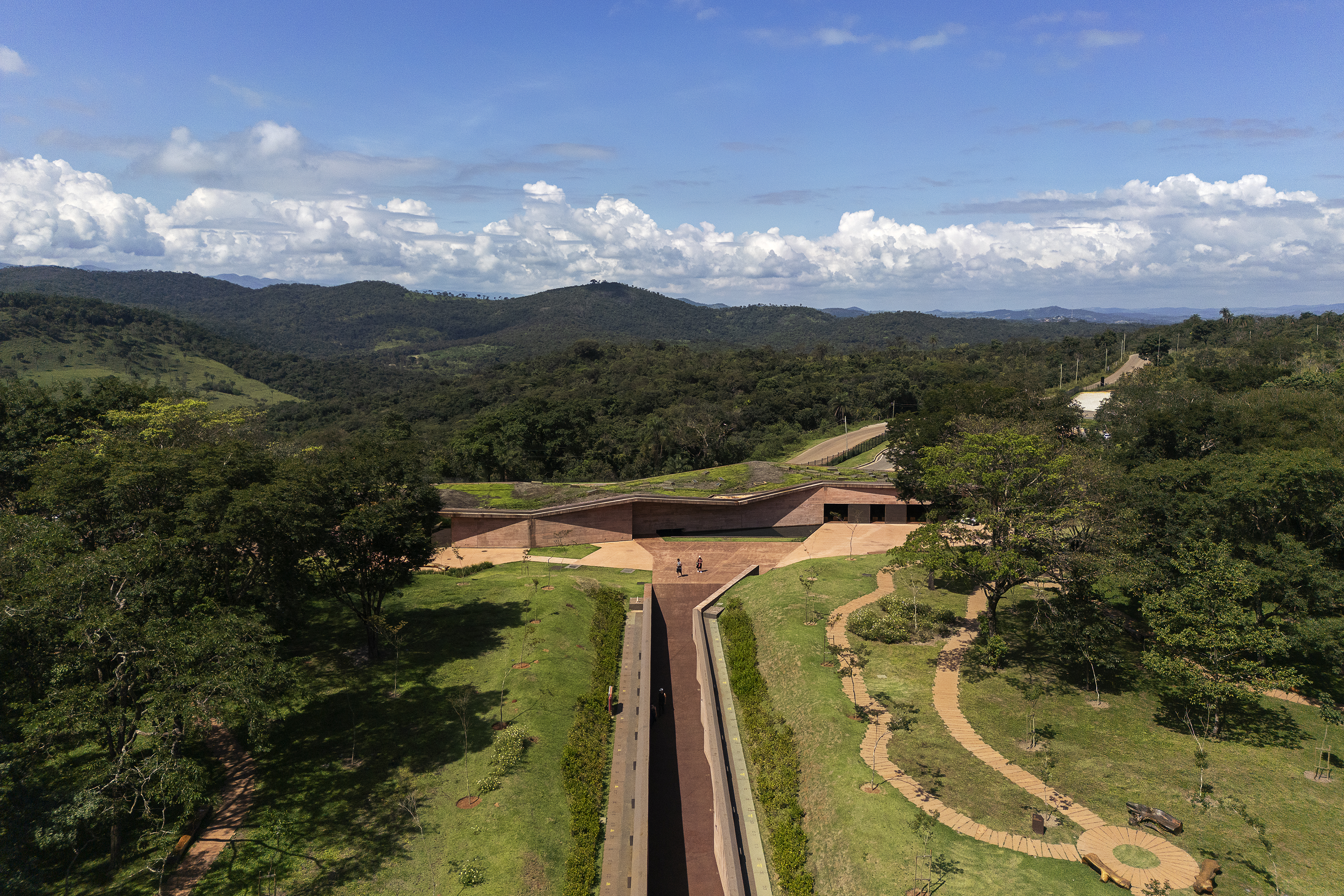
The Brumadinho Memorial, designed by Belo Horizonte-based architect Gustavo Penna, stands as a profound testament to the 272 lives lost in the catastrophic dam collapse of 25 January 2019.
Unlike traditional memorials, often erected decades after tragedy, this commemorative space was created while 'they were still searching for the bodies', as Penna highlights poignantly, offering families and the community a place to process grief, preserve memory, and resist the collective amnesia of this ultimately preventable disaster.
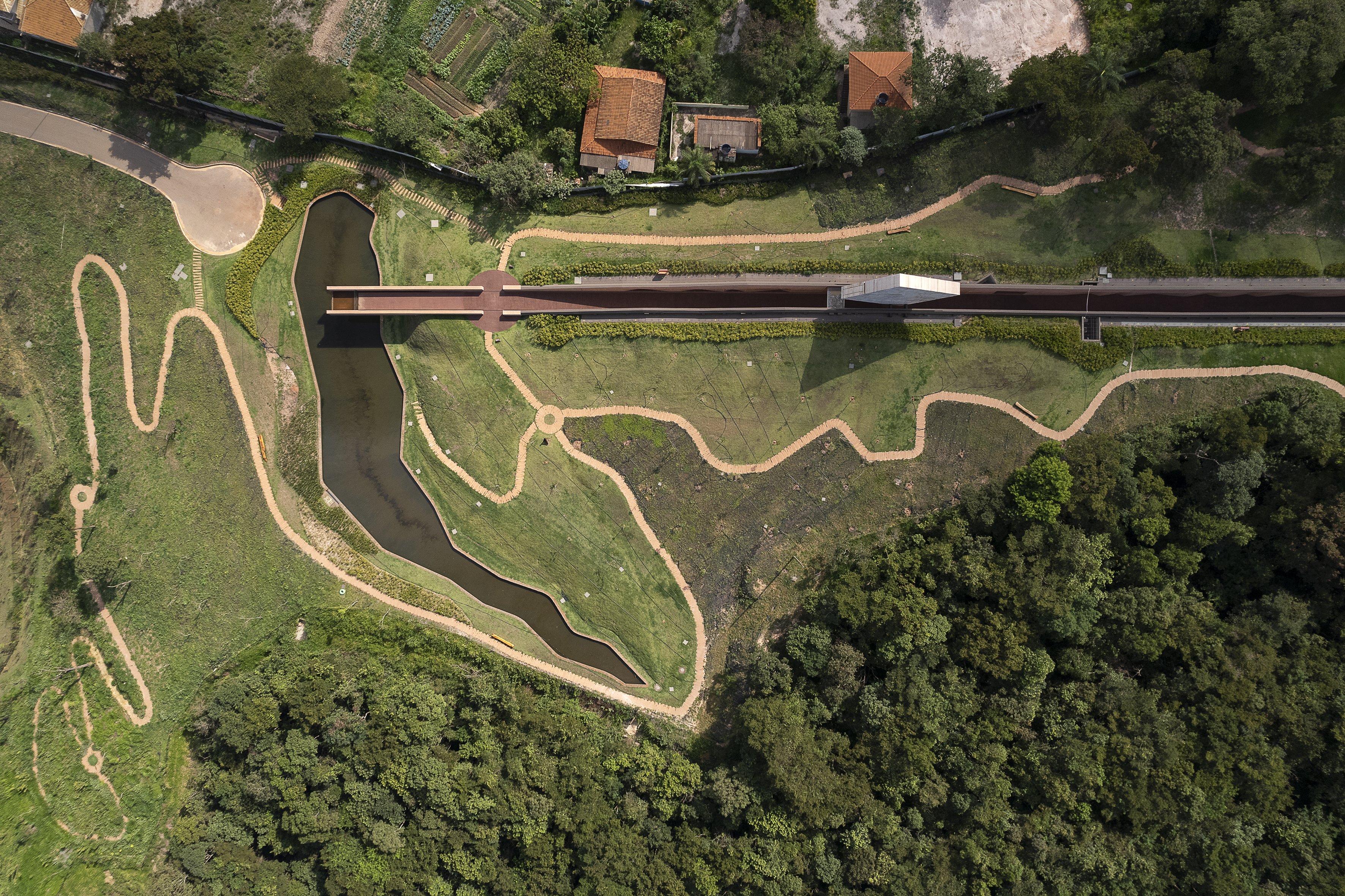
Brazil's Brumadinho Memorial: born from collective grief
'I never imagined that I would make a memorial in my life,' Penna reflects. 'After I experienced this, I feel like it has changed architecture for me. I was able to stand with the victims, create a tool of protest, of indignation. A fortress where the feeling of opposition to the erasure of this tragedy can live, a place that is against forgetting.'
On entry, the memorial's monumental space immediately communicates its purpose. The twisted, fragmented pavilion is made of exposed concrete coloured by a red pigment extracted from the toxic iron ore waste that buried 251 employees of mining giant Vale as they ate lunch in a company canteen and another 21 local inhabitants in what remains Brazil’s biggest workplace tragedy.
Its thick, undulating concrete form represents the shattered dreams and the overwhelming force of the mud that devastated everything in its path.

The pavilion’s flowing shape takes its lead from a small rectangular skylight that is positioned perfectly so that on 25 January each year at exactly 12.28pm – the moment of the disaster – a beam of light cuts through the ceiling to strike a heart-shaped druse of crystals to flood the space with the light that failed to arrive for the victims on that ill-fated day.
A small chapel-like space opens outwards to the grounds of the memorial, offering visitors the chance to collect their thoughts before connecting fully with the emotions buried in the rest of the grounds. Rather than a vessel designed to contain the tale of the tragedy, says Penna, 'this space is totally porous. It communicates with the outside, and it proposes a path. It is not there to create answers, it is to generate questions.'
Receive our daily digest of inspiration, escapism and design stories from around the world direct to your inbox.
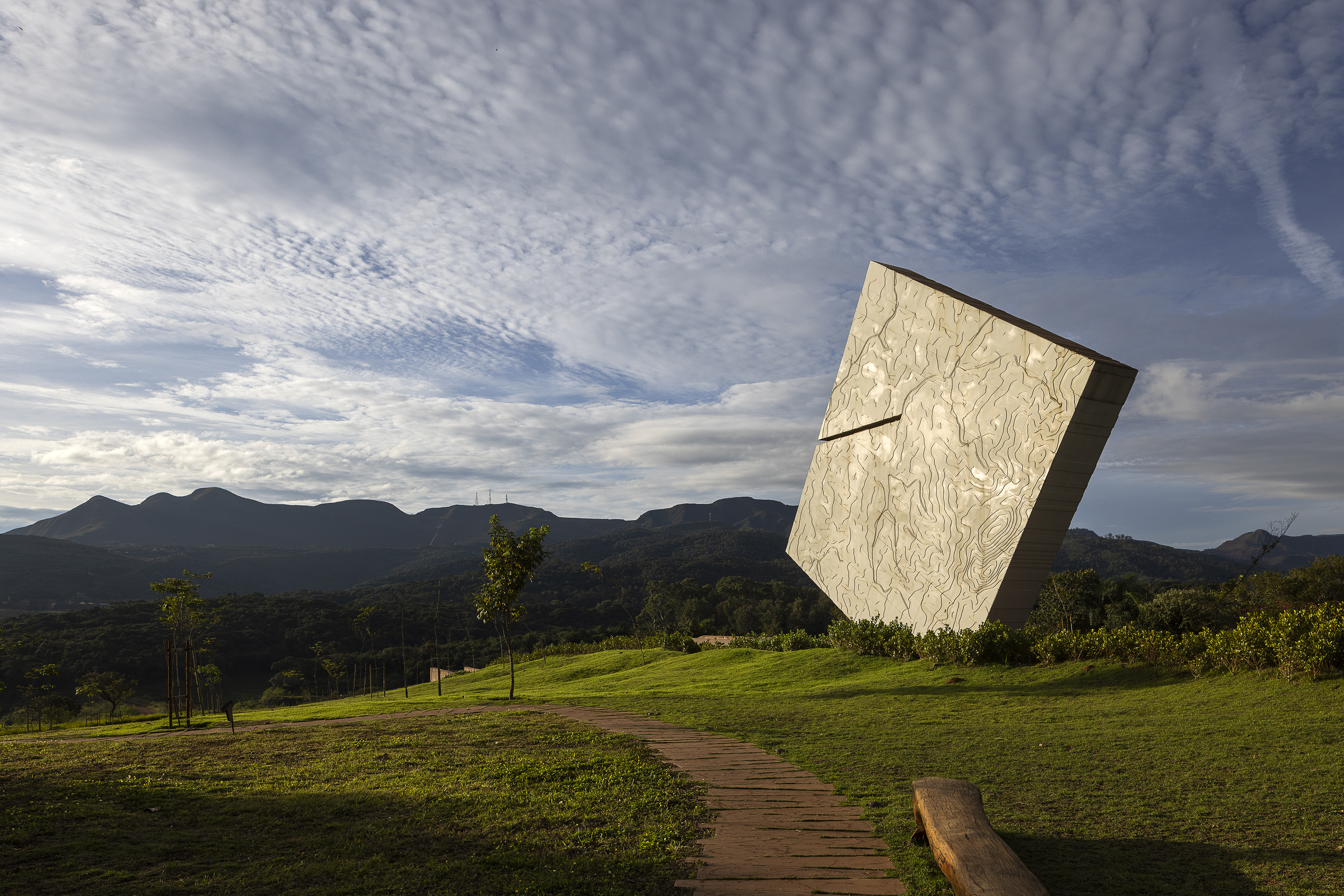
After reflection comes memory
The path that Penna’s porous pavilion points to is a jagged, 230m cleavage – a literal and symbolic rift that cuts through the terrain to point towards the exact site of the dam failure.
The sound and first glimpse of that tragic tectonic shift was central to Penna’s design process: 'The first image that came to me was the crack,' he says. 'At that moment, the disaster was inevitable. That crack was in my head. And it's there for eternity. This fissure is the question. This fissure is the denunciation. This fissure is the line that separated life from death.'
As visitors are guided down this trench-like corridor, they come to the names of each victim engraved on the walls. Calcium leaching from the cement around the iron rods used to hold the shuttering in place gives the impression that the walls are shedding their own tears for the dead.

The memorial’s depth encourages introspection of the horrors of being buried underground, while creating a physical manifestation of mourning and an obvious nod to the heavens above. Just before the midway point, three spaces have been carved into the earth. One to the left and two to the right. To the left, memory. To the right, testimonial, and a sacred space that holds the recovered remains of the victims.
In memory, the families honour their loved ones. Their portraits, stories and cherished possessions are packed tightly into an underground vessel whose potency is amplified by a moving soundtrack penned by Brazilian composer Berna Ceppas that evokes a potent mix of emotions.
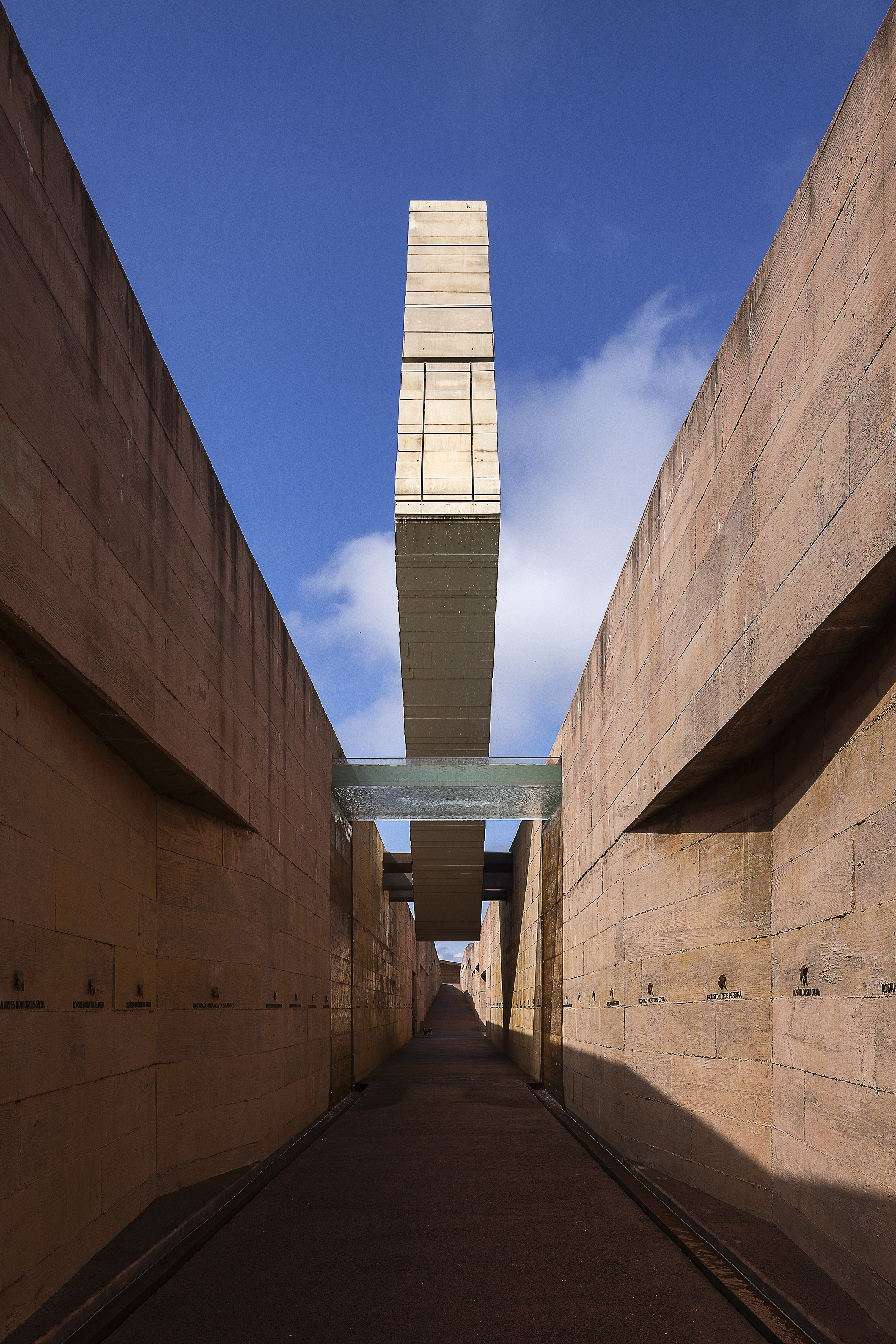
In a testimonial, the tragic story plays out on repeat using company CCTV footage that captured almost every angle of the terrible events that unfolded that day. Emerging from the darkness of these powerful places, visitors reconnect with the heavens from deep beneath the earth with a suspended sculpture that towers high above Penna’s archaeological landmark.
More tears flow from this anthropic, uniquely human steel structure, forming two streams that eventually meet before falling into a commemorative lake. Tilted at an angle, the square structure represents the destructive imbalance of human intervention in the surrounding landscape.

‘For an architect, being able to help these people, to give visibility, three-dimensionality to feeling is an honour’
Gustavo Penna
'Man’s unique creation is the square,' says Penna. 'The square doesn't exist in nature. If you see a square somewhere, man was there,' he says. 'Why does this square head cry? Because it is the finitude, it is the fallibility of man thinking that he controlled everything; that day he didn't control anything,' explains Penna. 'This tragedy is caused by the negligence, greed and stupidity of man.'
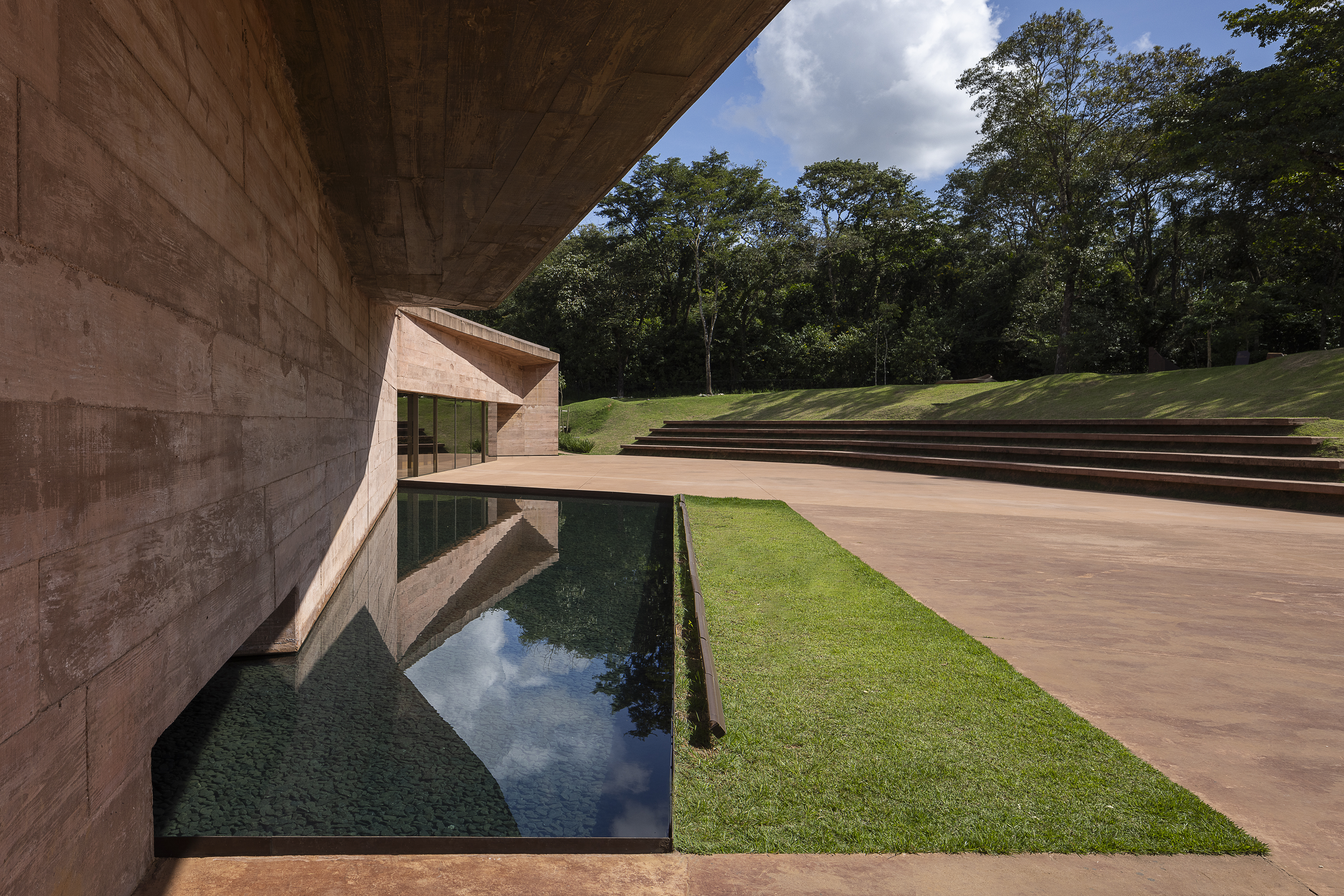
Flowers for the dead and the living
Above ground, 272 yellow ipê trees have been planted – one for each victim. These native Brazilian trees serve as living memorials that transform with the seasons. 'The ipê has a message,' says Penna. 'In summer, it is full of leaves to make an overhang. In winter, it loses all its leaves to let sunlight through. And when the sun presses, it turns yellow, full of flowers. Life goes on. Never lose hope. It is a manifestation of hope.' The shape of the flower features throughout the memorial as a symbol for each one of the victims and the legacy they left behind.
Brumadiño Memorial’s journey culminates at a viewpoint that offers a final contemplative space overlooking the valley transformed by the disaster. Below, trucks shuttle around those still working on a five-year excavation to recover the final remains of the last two victims or 'jewels' as they are referred to by the families.
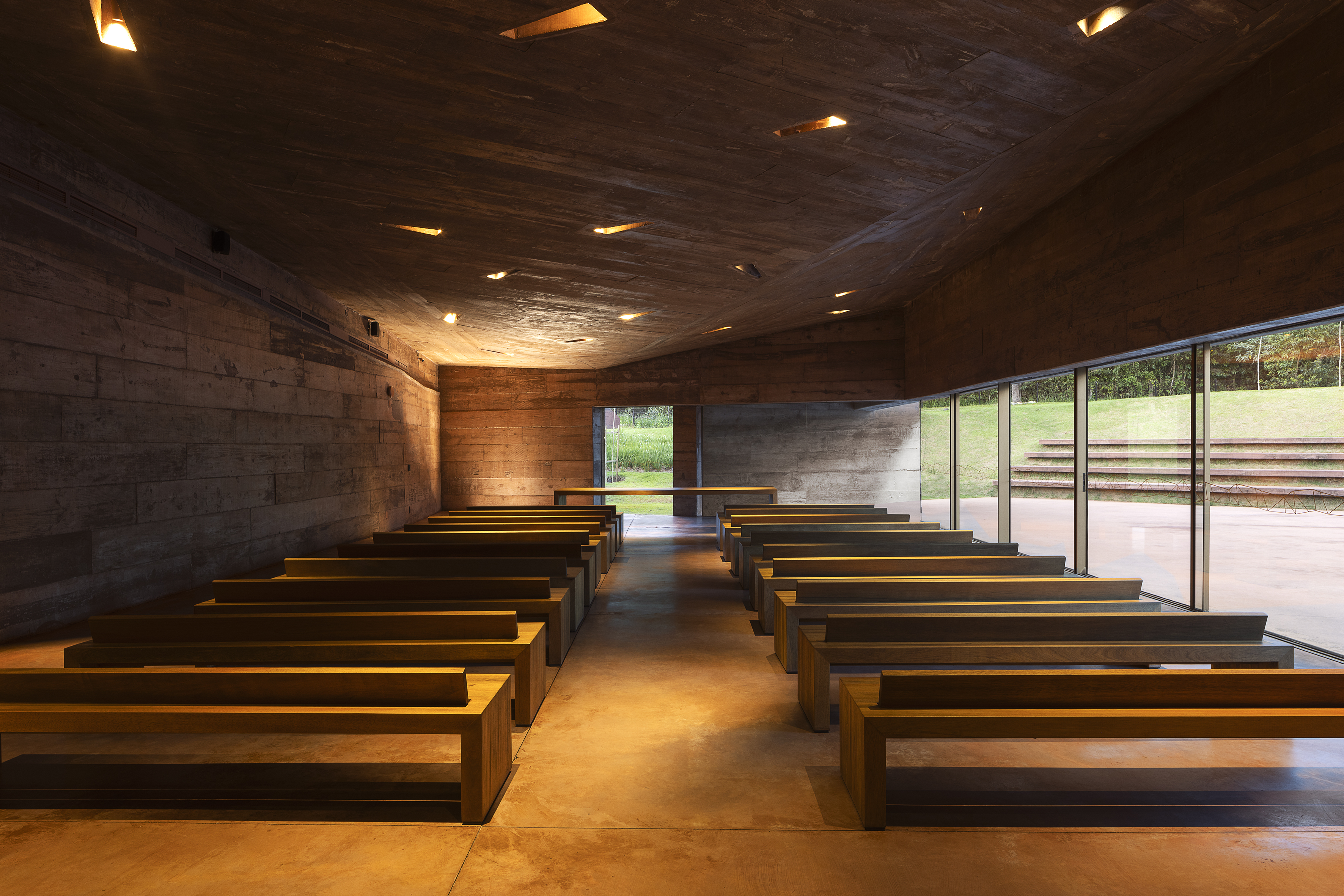
This area represents transcendence and continuity, looking towards the future while honouring the past. The memorial succeeds as both a place for personal grief and collective memory.
'For an architect, being able to help these people, to give visibility, three-dimensionality to the feeling is an honour,' says Penna. 'You can't put a feeling in a bottle. You don't measure it by the metre, you don't weigh it. It has weight, but it has no size; it is immeasurable. So when you create an environment like this, I think you give a real dimension to things,' he says, pointing to the mountains in the distance where he has plans to erect a steel structure that will both form the shape of the hands of a clock marking 12.28 and point to the exact place where the dam broke.
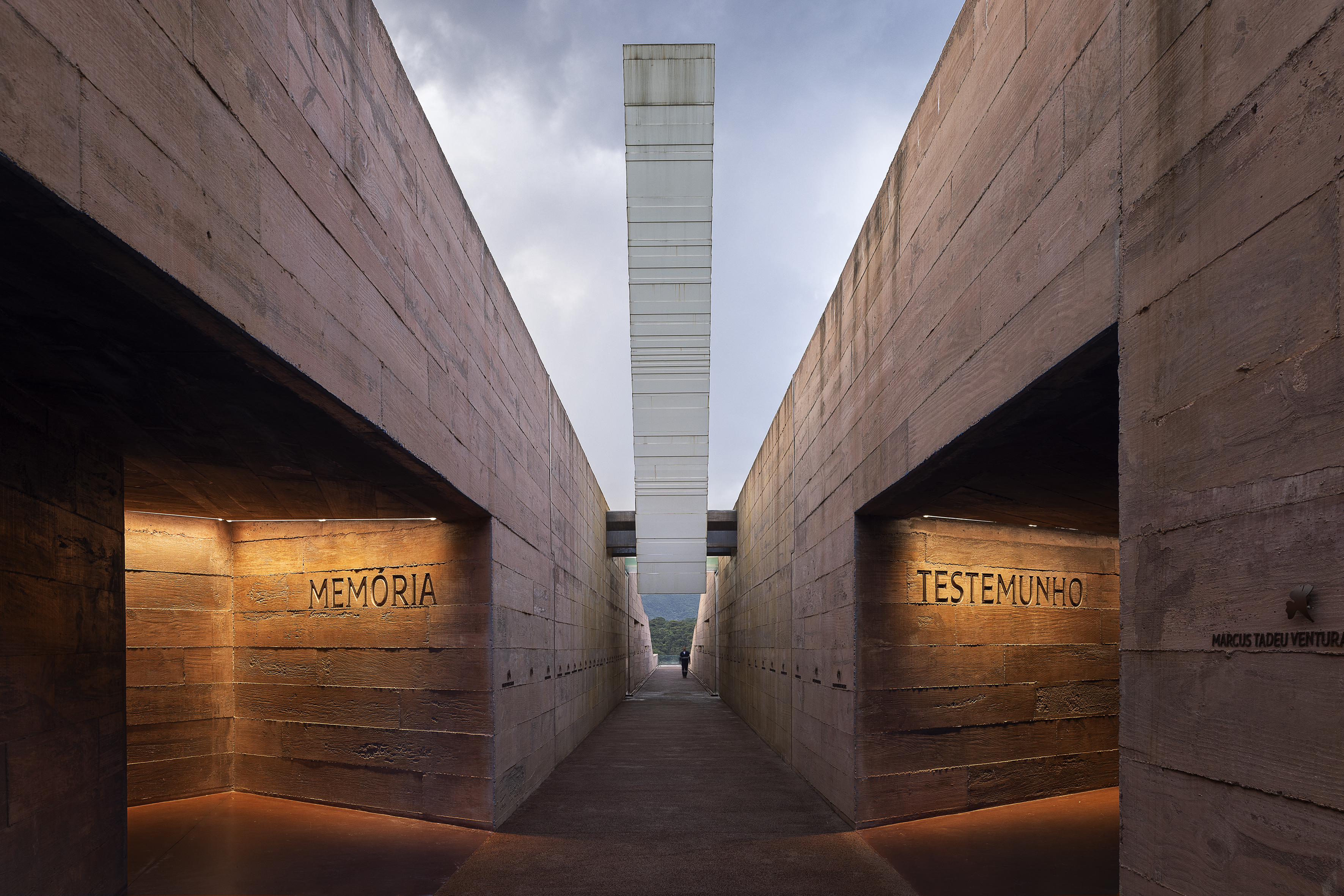
Through thoughtful design that connects visitors to both the tragedy and the surrounding landscape, the memorial resists what Penna calls 'the erasure of time and history', ensuring that such preventable disasters are never forgotten.
Originally hailing from the UK, Rainbow Blue Nelson first landed in Colombia in search of Tintinesque adventures in 1996. Subsequent forays from his Caribbean base in Cartagena have thrown up a book about Pablo Escobar, and the Wallpaper* City Guides for Santiago, Brasilia, Bogota and Miami. Currently completing a second book about Colombia whilst re-wilding 50 hectares of tropical rainforest on the country's Caribbean coast, he’s interviewed some of South America's most influential figures in art, design and architecture for Wallpaper* and other international publications.
-
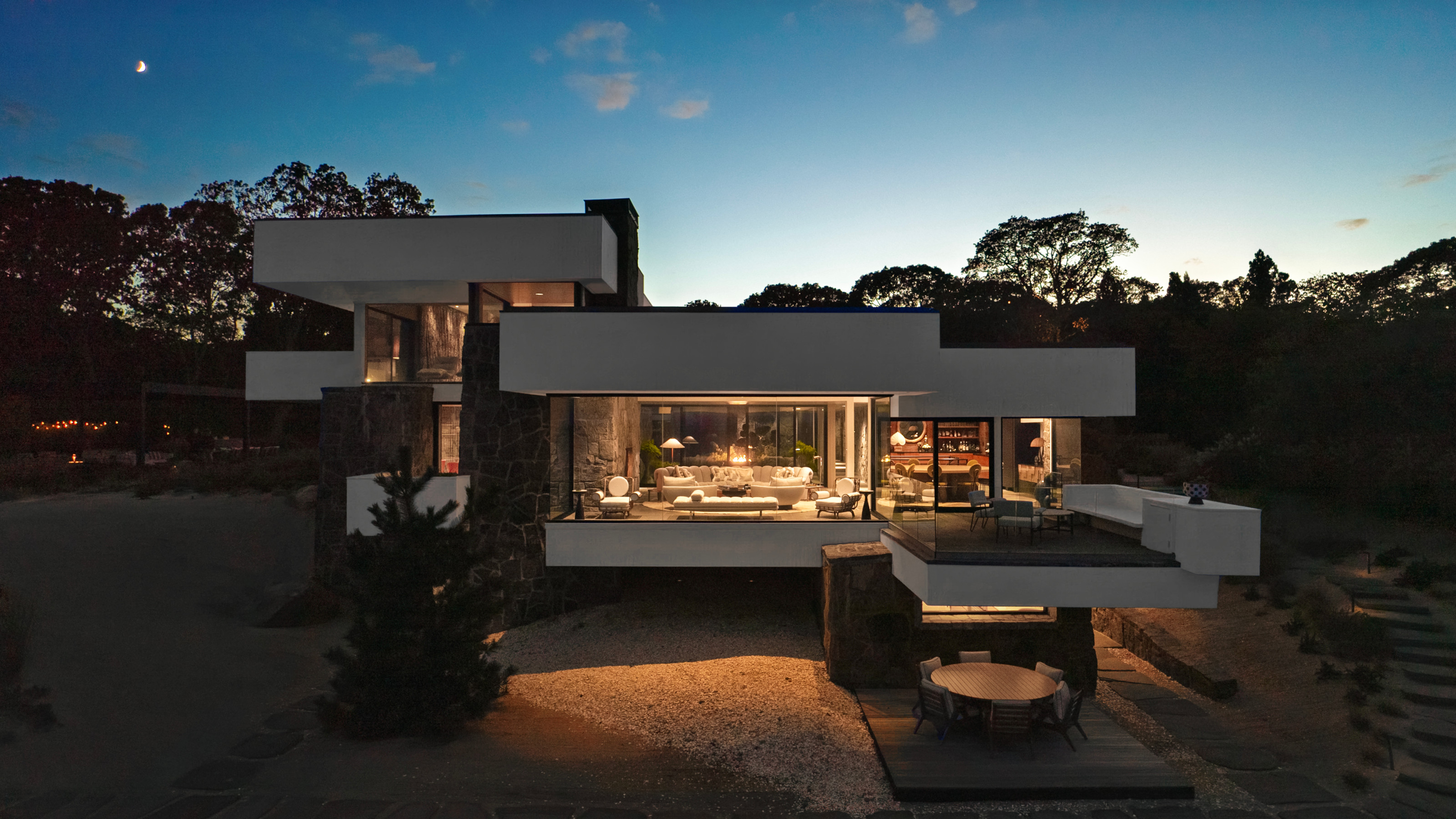 Modernism for sale: a Norman Jaffe-designed icon on Shelter Island hits the market
Modernism for sale: a Norman Jaffe-designed icon on Shelter Island hits the marketThe Osofsky House epitomised the glamour of high-end 70s modernism on Long Island. Now updated and refurbished, it’s back on the market for the first time in over two decades
-
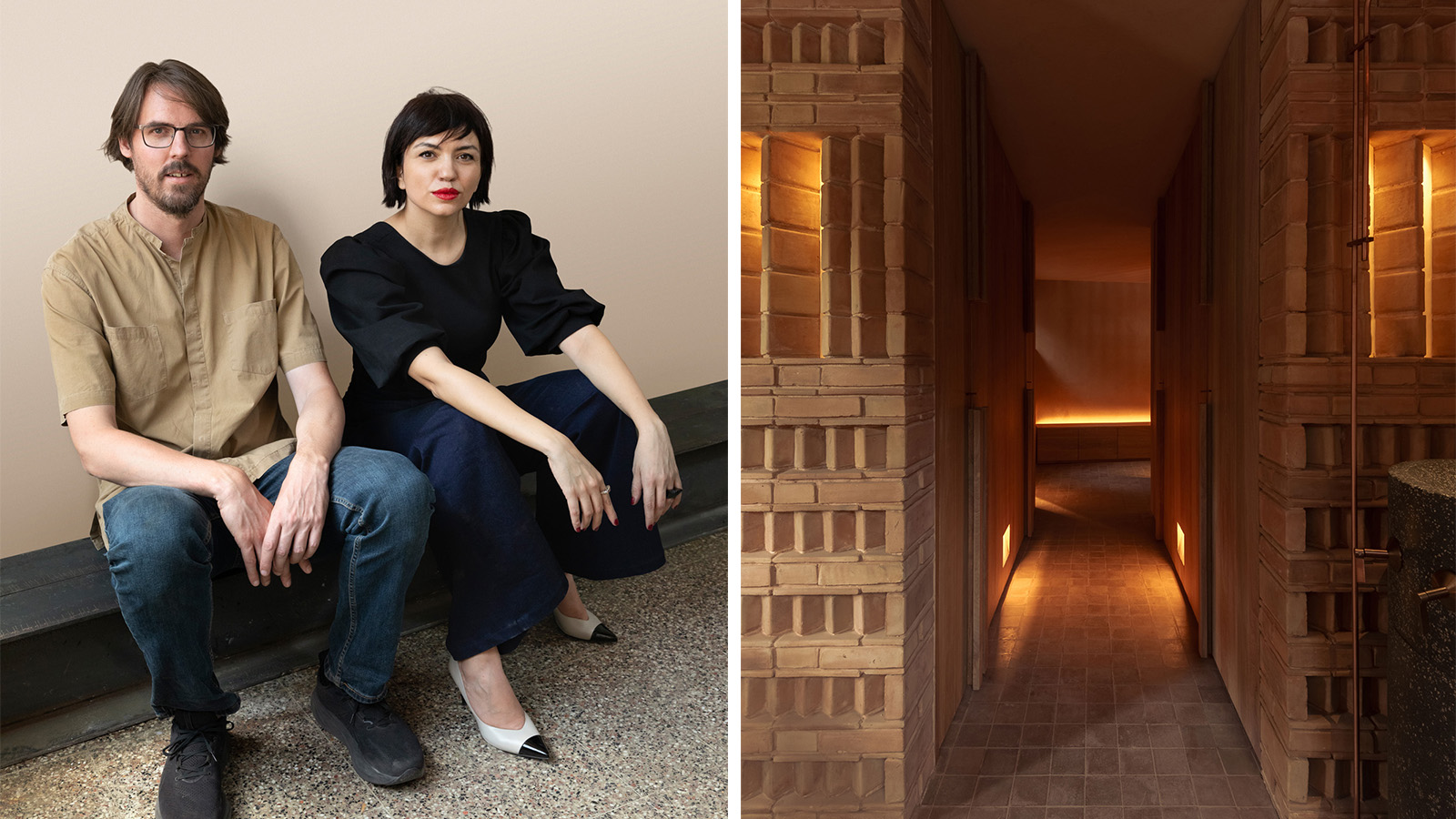 Discover Locus and its ‘eco-localism' - an alternative way of thinking about architecture
Discover Locus and its ‘eco-localism' - an alternative way of thinking about architectureLocus, an architecture firm in Mexico City, has a portfolio of projects which share an attitude rather than an obvious visual language
-
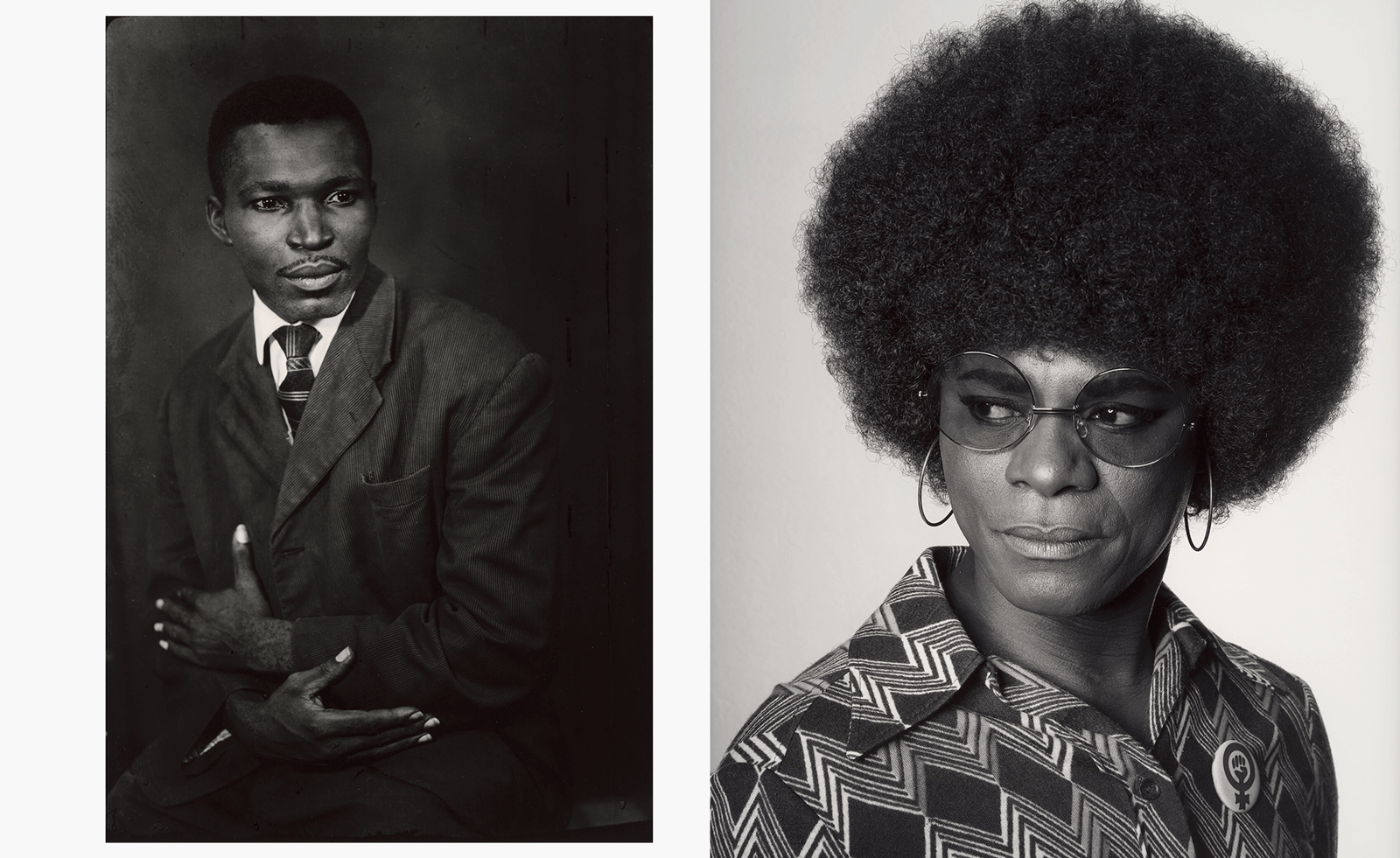 MoMA celebrates African portraiture in a far-reaching exhibition
MoMA celebrates African portraiture in a far-reaching exhibitionIn 'Ideas of Africa: Portraiture and Political Imagination' at MoMA, New York, studies African creativity in photography in front of and behind the camera
-
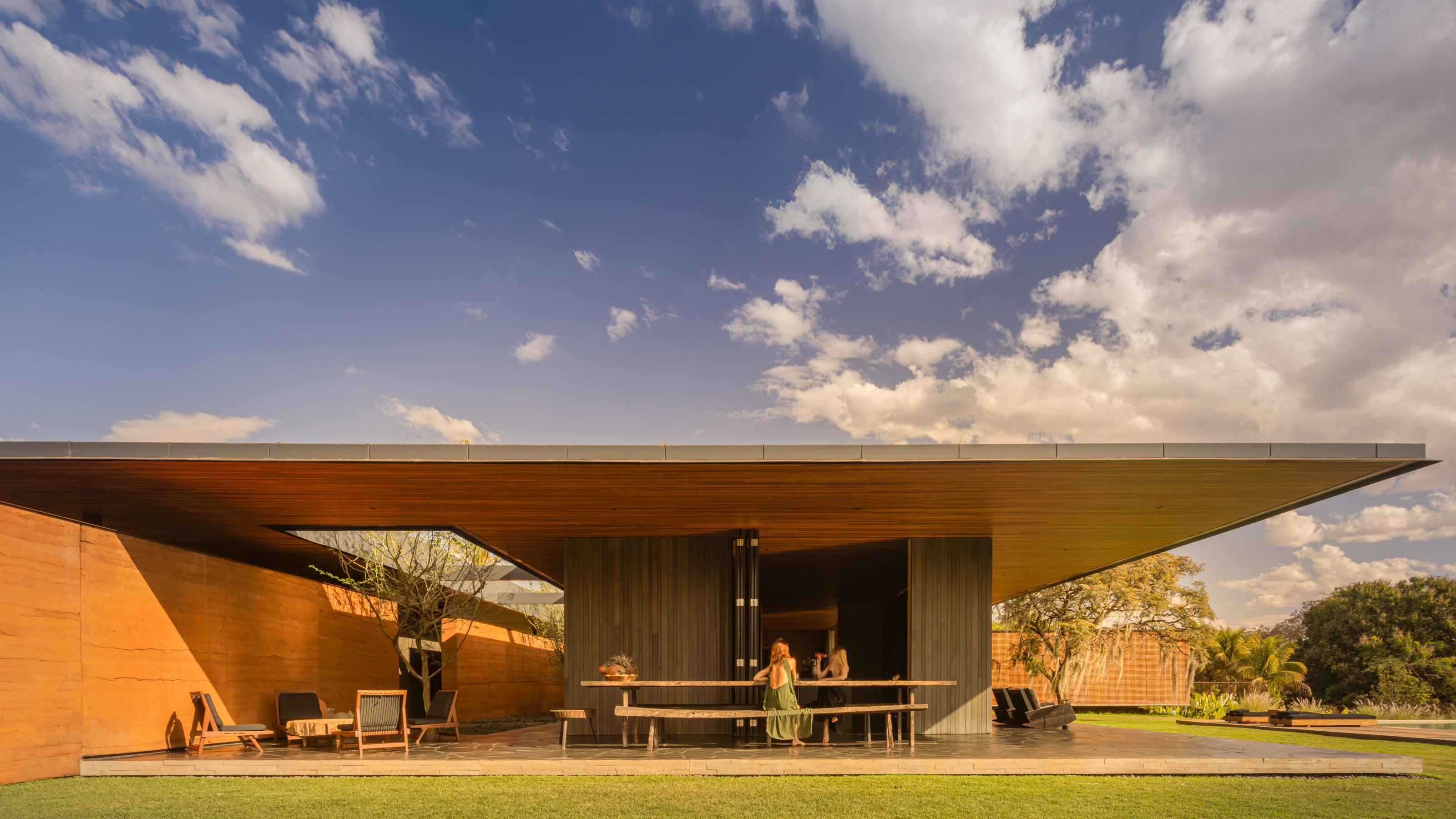 A spectacular new Brazilian house in Triângulo Mineiro revels in the luxury of space
A spectacular new Brazilian house in Triângulo Mineiro revels in the luxury of spaceCasa Muxarabi takes its name from the lattice walls that create ever-changing patterns of light across its generously scaled interiors
-
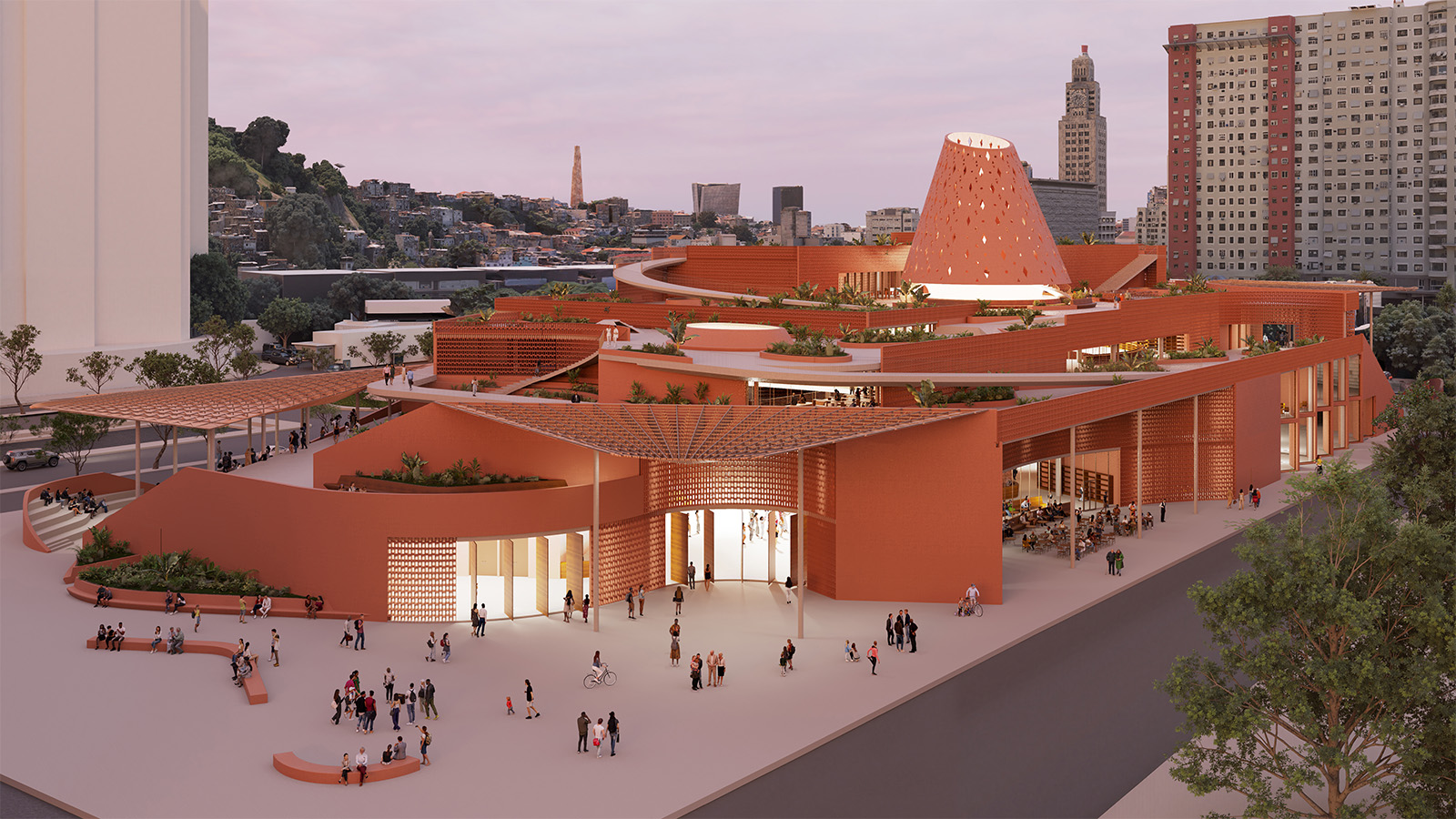 An exclusive look at Francis Kéré’s new library in Rio de Janeiro, the architect’s first project in South America
An exclusive look at Francis Kéré’s new library in Rio de Janeiro, the architect’s first project in South AmericaBiblioteca dos Saberes (The House of Wisdom) by Kéré Architecture is inspired by the 'tree of knowledge', and acts as a meeting point for different communities
-
 A Brasília apartment harnesses the power of optical illusion
A Brasília apartment harnesses the power of optical illusionCoDa Arquitetura’s Moiré apartment in the Brazilian capital uses smart materials to create visual contrast and an artful welcome
-
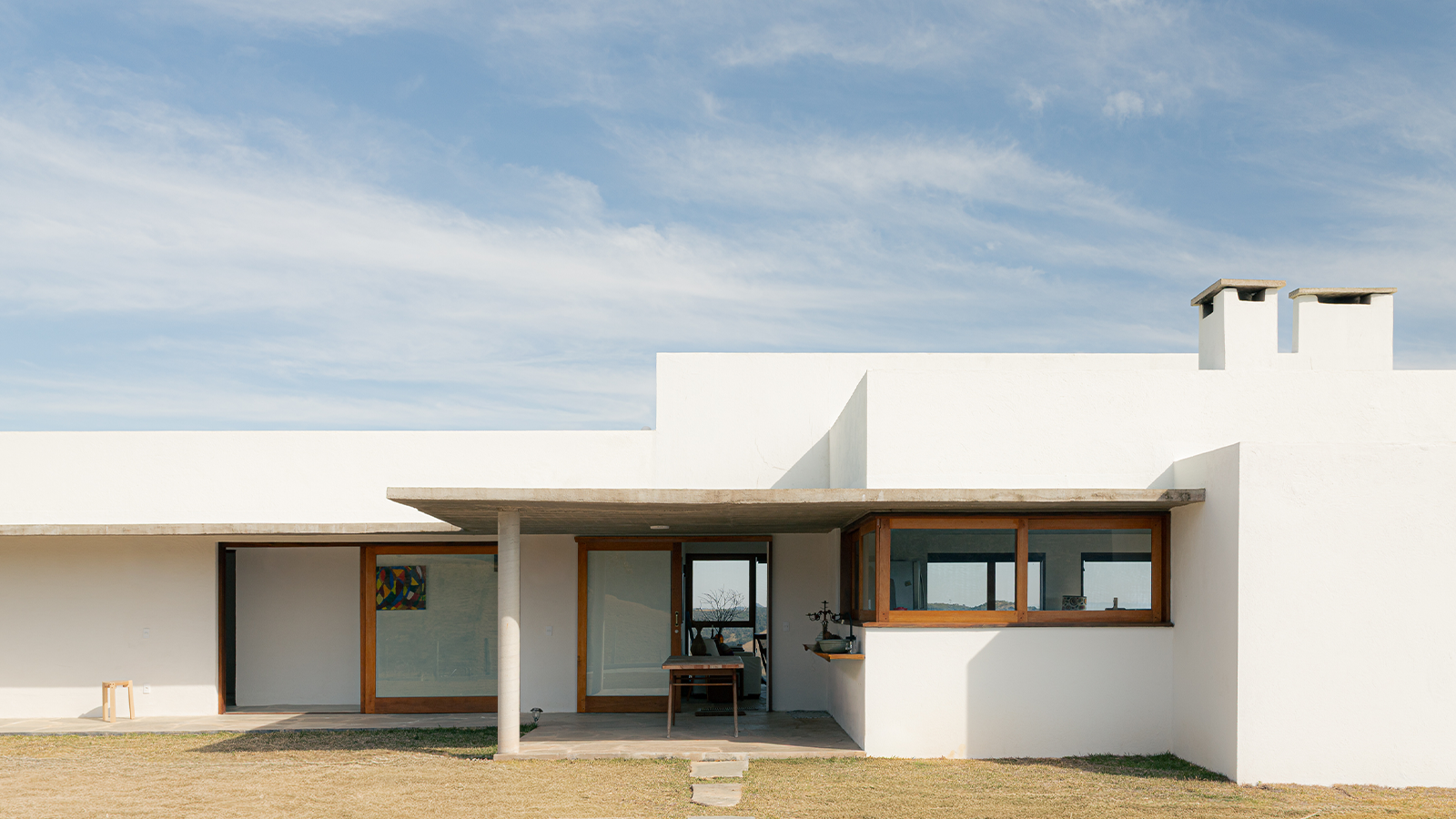 Inspired by farmhouses, a Cunha residence unites cosy charm with contemporary Brazilian living
Inspired by farmhouses, a Cunha residence unites cosy charm with contemporary Brazilian livingWhen designing this home in Cunha, upstate São Paulo, architect Roberto Brotero wanted the structure to become 'part of the mountains, without disappearing into them'
-
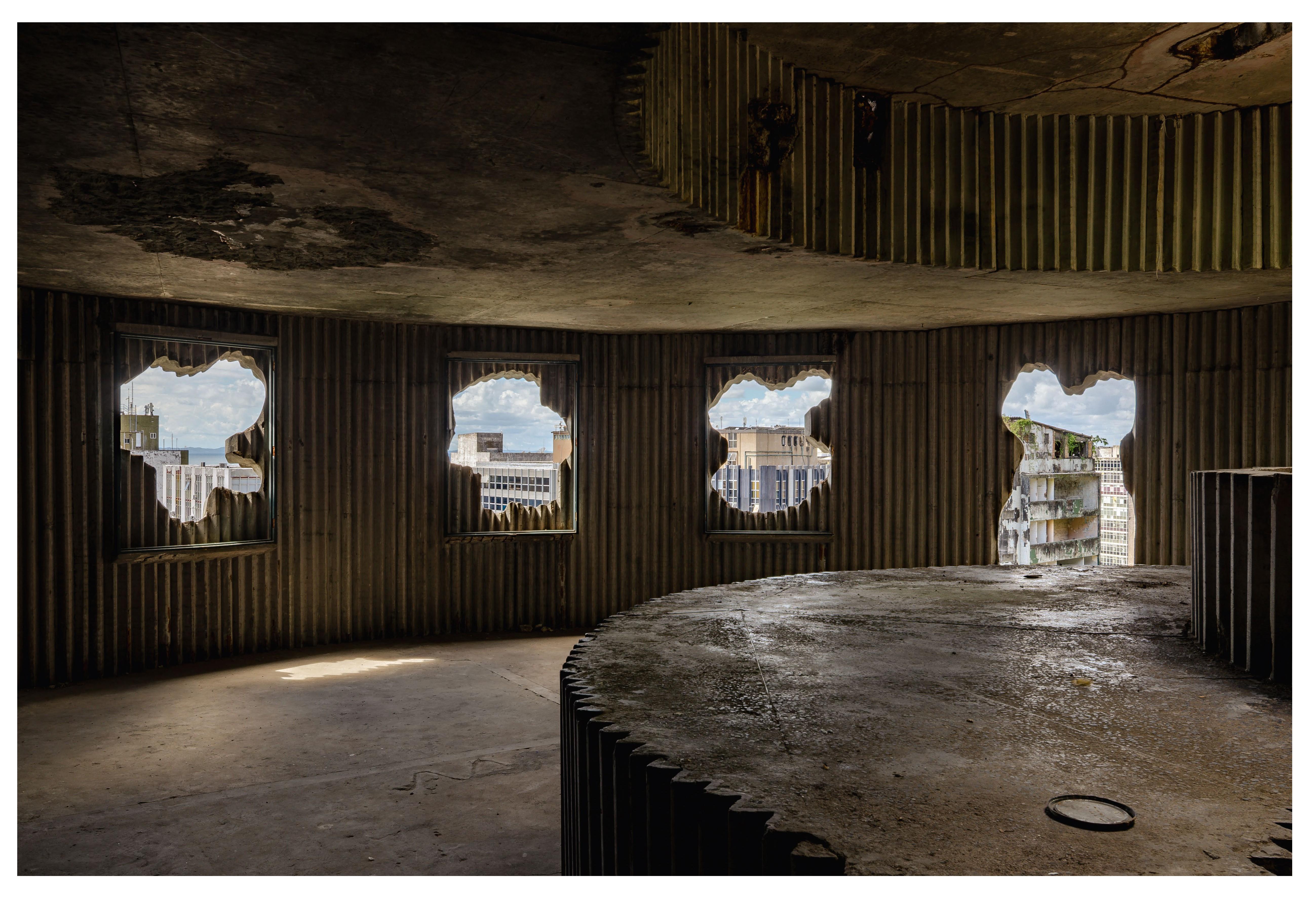 Arts institution Pivô breathes new life into neglected Lina Bo Bardi building in Bahia
Arts institution Pivô breathes new life into neglected Lina Bo Bardi building in BahiaNon-profit cultural institution Pivô is reactivating a Lina Bo Bardi landmark in Salvador da Bahia in a bid to foster artistic dialogue and community engagement
-
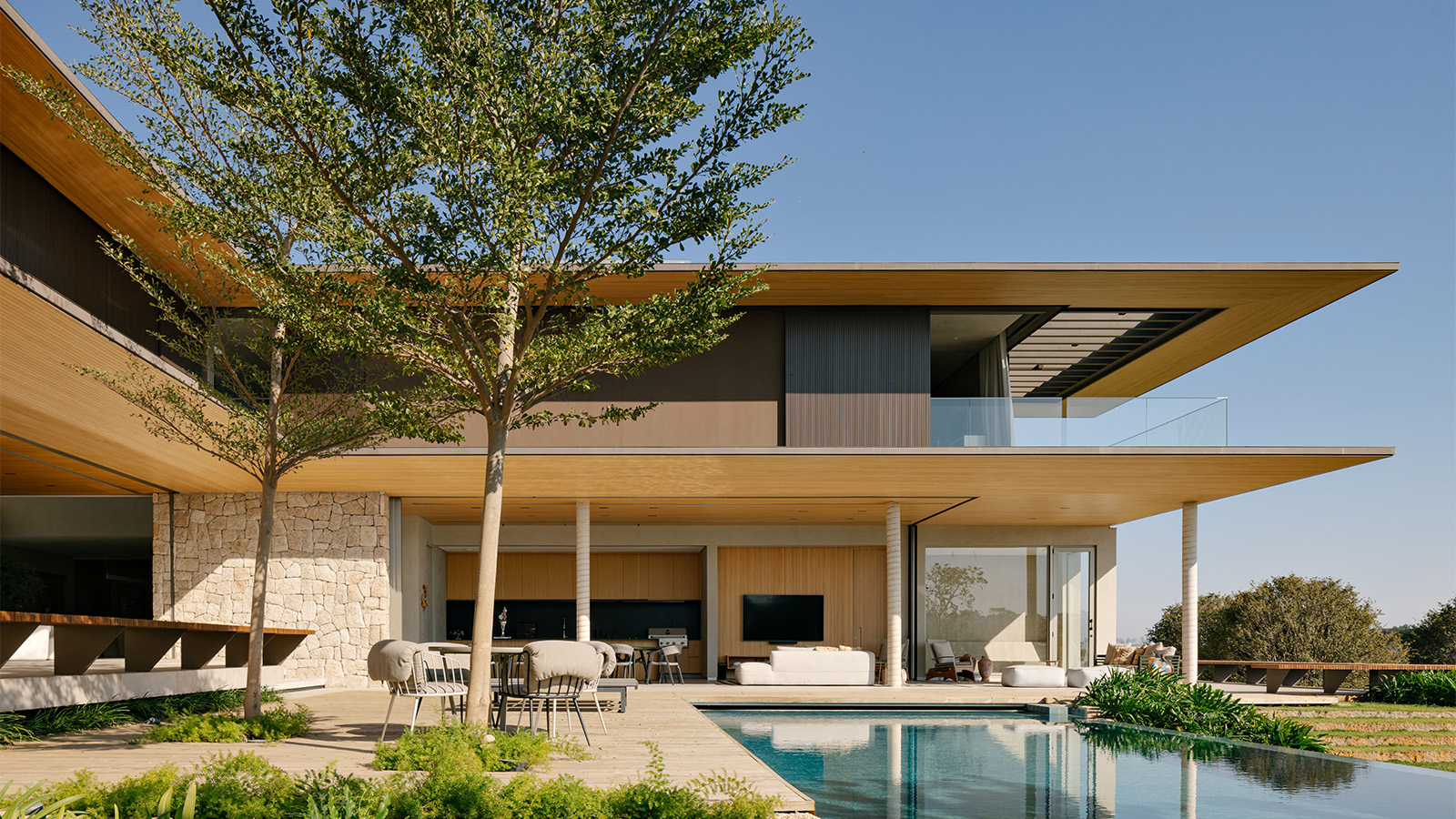 Tropical gardens envelop this contemporary Brazilian home in São Paulo state
Tropical gardens envelop this contemporary Brazilian home in São Paulo stateIn the suburbs of Itupeva, Serena House by architects Padovani acts as a countryside refuge from the rush of city living
-
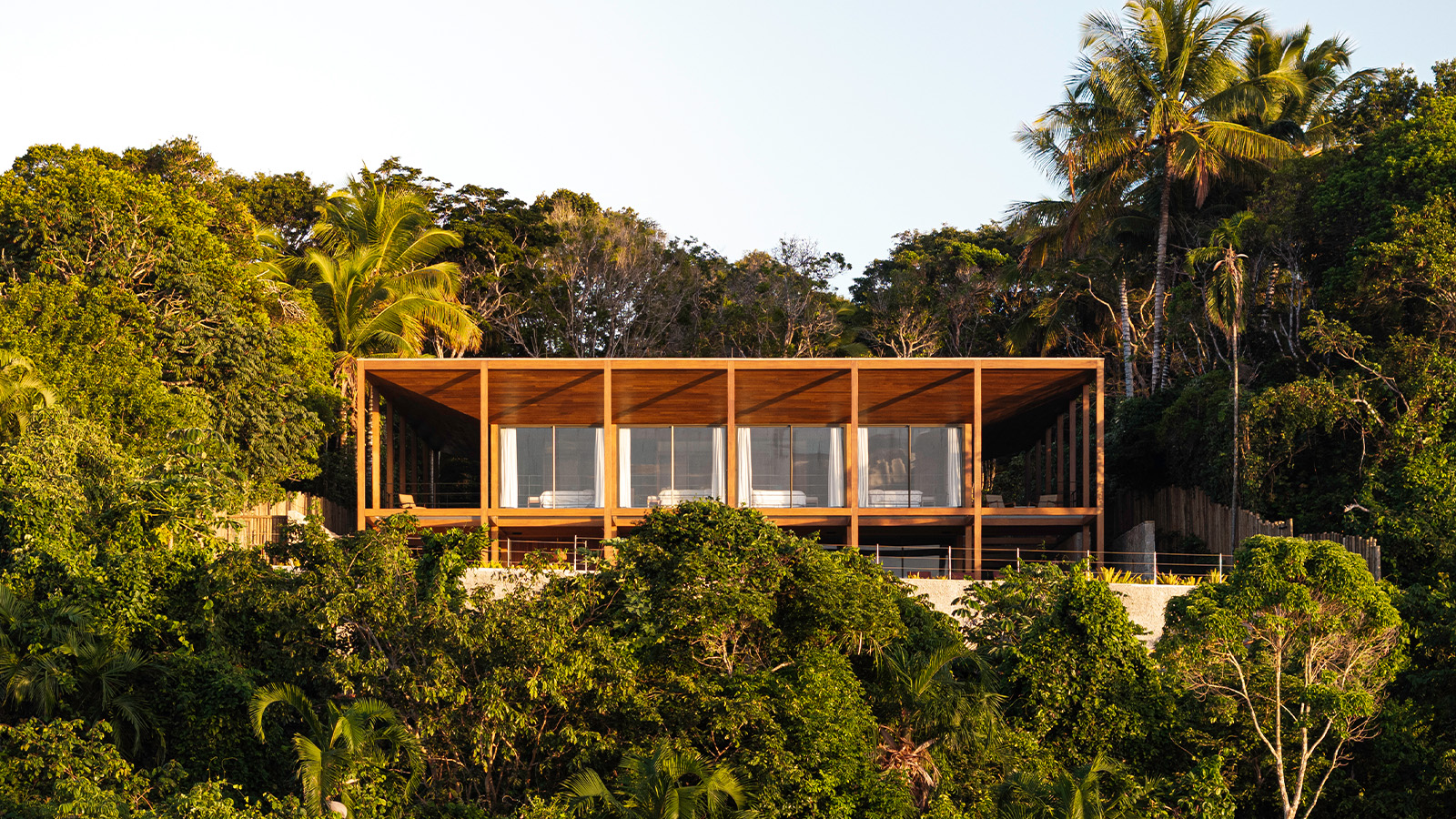 Itapororoca House blends seamlessly with Brazil’s lush coastal landscape
Itapororoca House blends seamlessly with Brazil’s lush coastal landscapeDesigned by Bloco Arquitetos, Itapororoca House is a treetop residence in Bahia, Brazil, offering a large wrap-around veranda to invite nature in
-
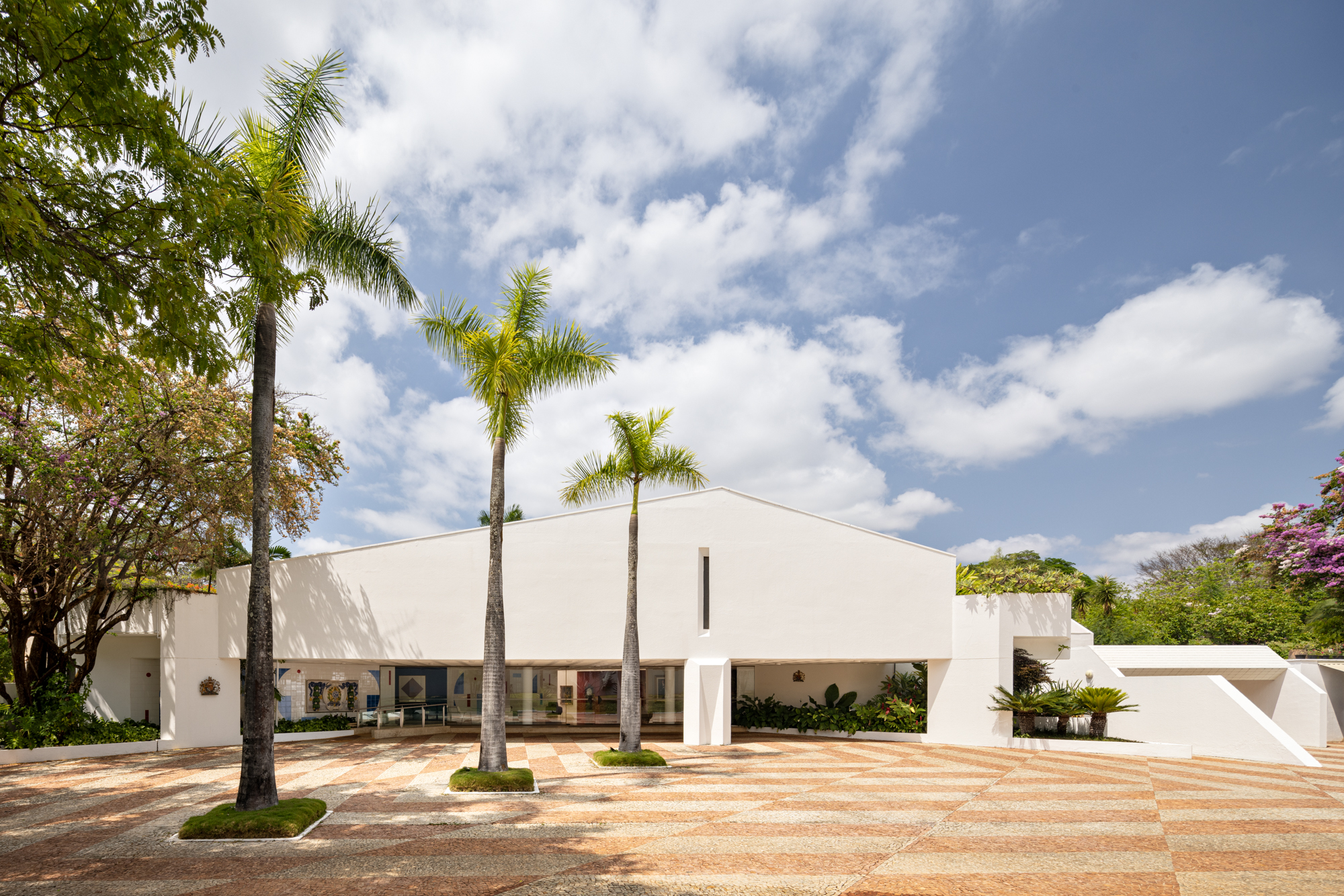 A postmodernist home reborn: we tour the British embassy in Brazil
A postmodernist home reborn: we tour the British embassy in BrazilWe tour the British Embassy in Brazil after its thorough renovation by Hersen Mendes Arquitetura, which breathes new life into a postmodernist structure within the country's famous modernist capital